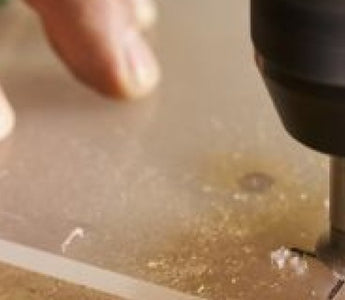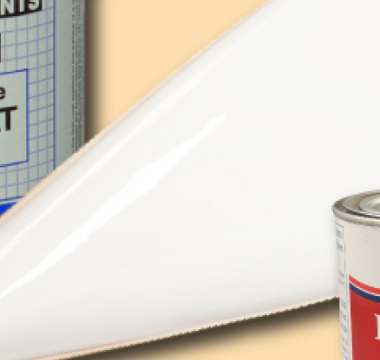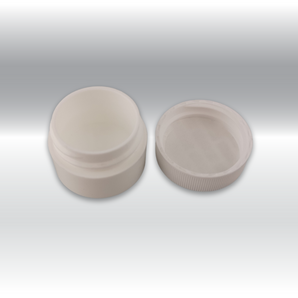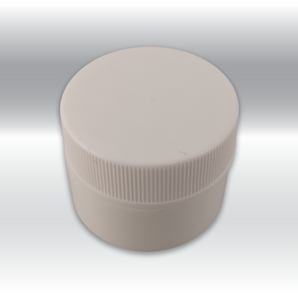Any commercially available, power-driven equipment is acceptable for drilling acrylic sheets. This includes portable drills, drill presses, lathes, automatic multiple-spindle drilling units, CNC routers and machining centers.
Drill Bits
Several manufacturers offer drill bits designed especially for plastics. Drill bits are made of high-speed steel (HSS), cobalt, HSS with carbide tips or solid carbide. Metal-working high-speed steel twist drill bits can be used with some modification.
Standard metal-working drill bits are designed to aggressively cut into metal as they are fed into it. If used on acrylic without modification, these bits will chip and cause other damage to the plastic. These drill bits must be reground in order to scrape the plastic instead of sharply cutting into the material and gouging it. There are three points to consider when modifying a standard metal-working twist drill for plastics:
Tip angles on standard drill bits are commonly 118-130°. This point angle must be ground to 60-90°. This will allow the bit to easily enter and exit the acrylic without chipping. Larger tip angles commonly cause cracking and blow out as the bit exits the sheet.
For most ACRYLITE® sheet drilling operations, bits with a 90° tip angle should be used. A bit with a 90° tip angle will generate smaller chips which are easier to evacuate, reducing melting and improving hole quality. Care must be taken at the points of entry and exit. Generally, bits with a 90° tip angle are recommended. Bits with 60° tip angles are also used, especially for holes with diameters of 1/2" and greater. See figure 1.





